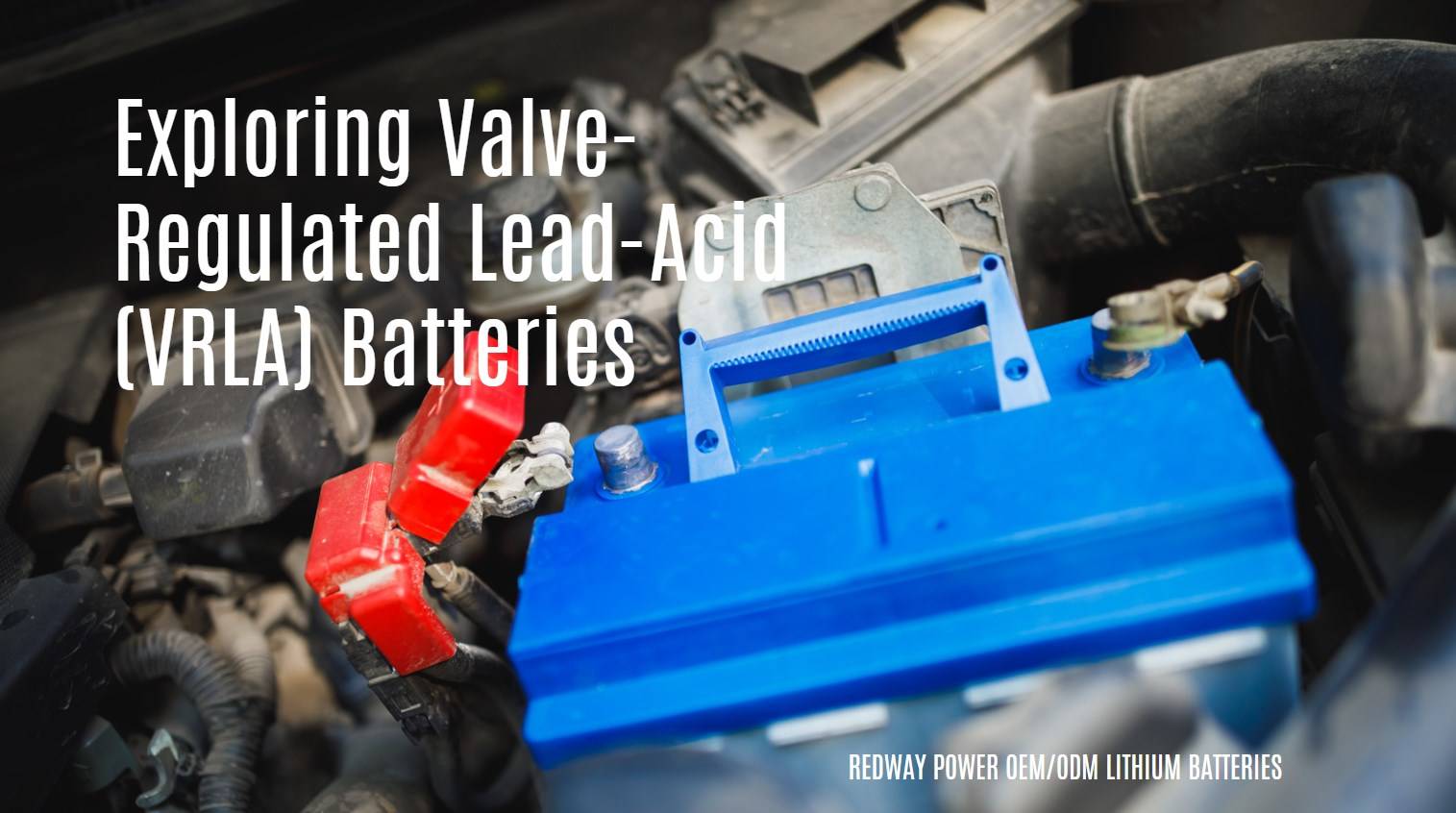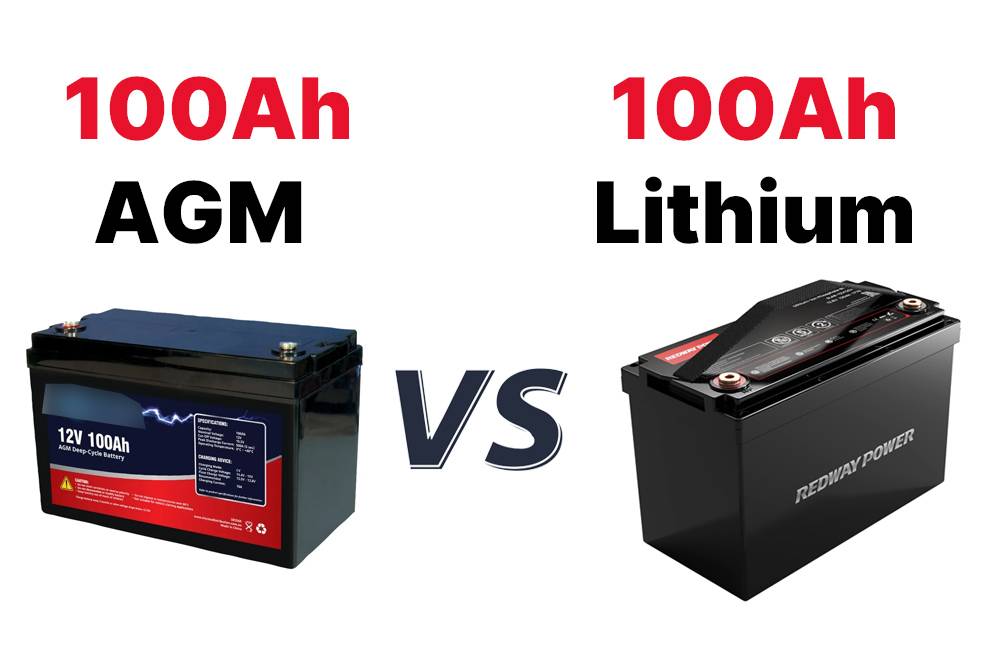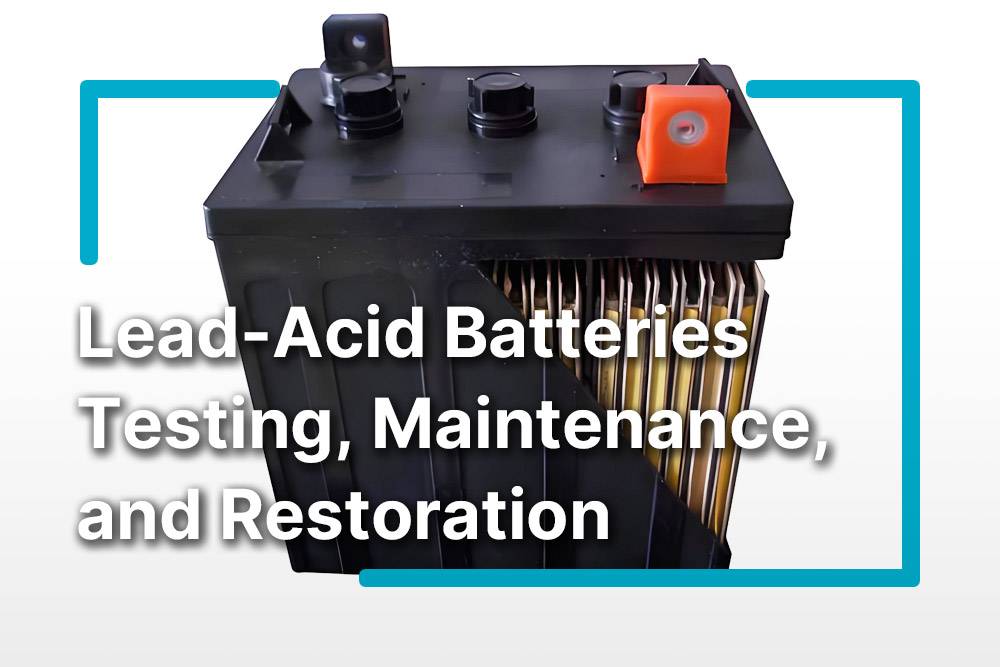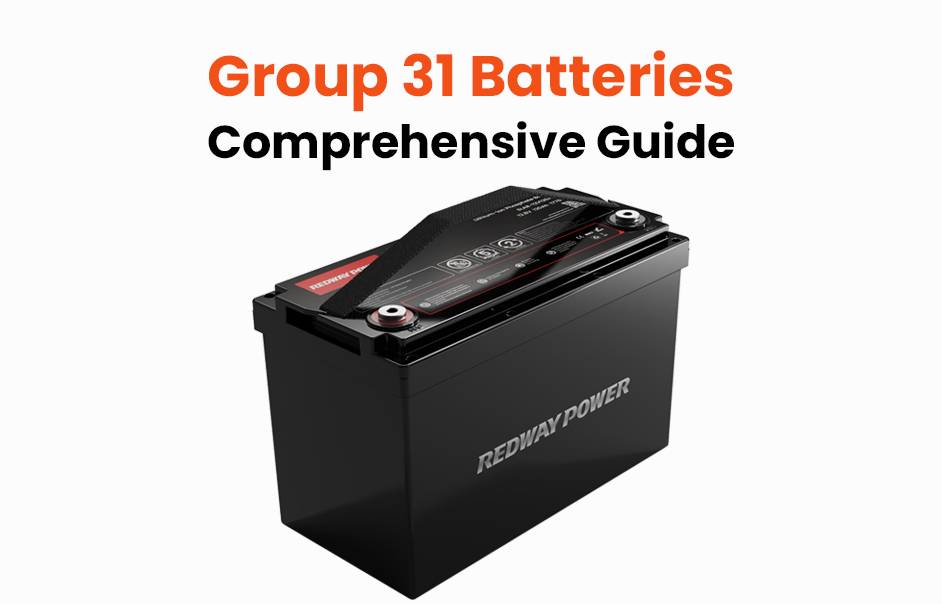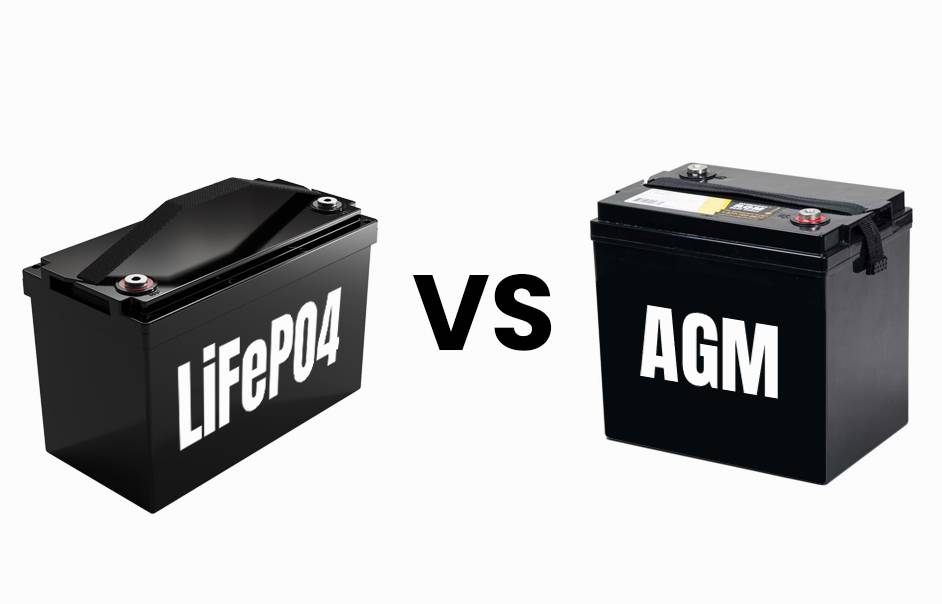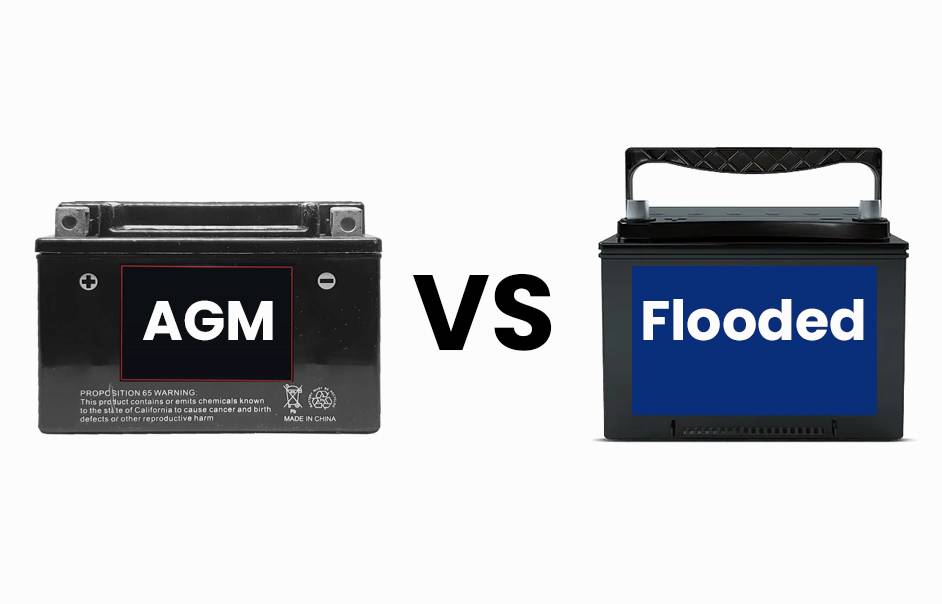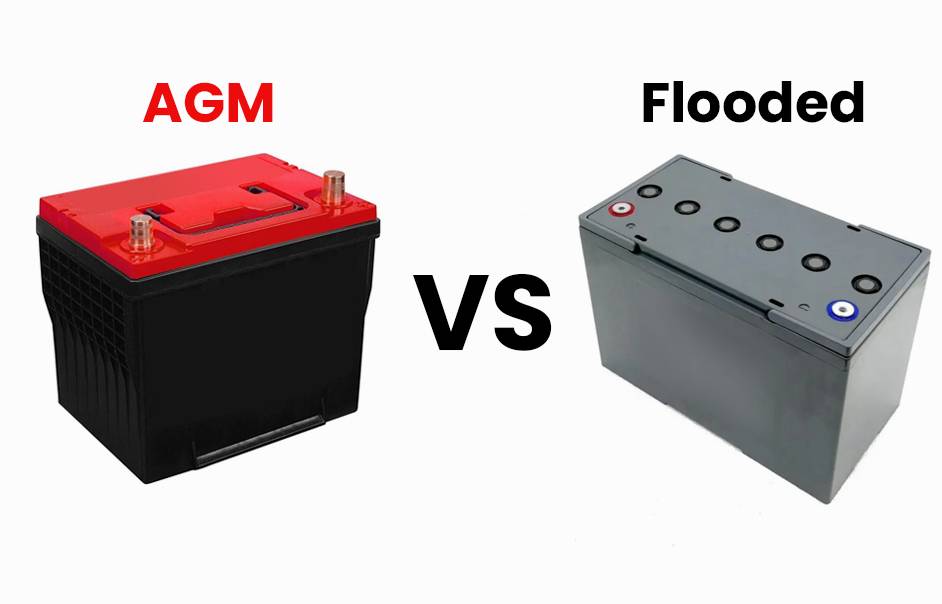- Forklift Lithium Battery
-
48V
- 48V 210Ah
- 48V 300Ah
- 48V 420Ah (949 x 349 x 569 mm)
- 48V 420Ah (950 x 421 x 450 mm)
- 48V 456Ah
- 48V 460Ah (830 x 630 x 590 mm)
- 48V 460Ah (950 x 421 x 450 mm)
- 48V 460Ah (800 x 630 x 600 mm)
- 48V 460Ah (820 x 660 x 470 mm)
- 48V 500Ah
- 48V 560Ah (810 x 630 x 600 mm)
- 48V 560Ah (950 x 592 x 450 mm)
- 48V 600Ah
- 48V 630Ah
-
48V
- Lithium Golf Cart Battery
- 12V Lithium Battery
12V 150Ah Lithium RV Battery
Bluetooth App | BCI Group 31
LiFePO4 Lithium
Discharge Temperature -20°C ~ 65°C
Fast Charger 14.6V 50A
Solar MPPT Charging - 24V Lithium Battery
- 36V Lithium Battery
- 48V Lithium Battery
-
48V LiFePO4 Battery
- 48V 50Ah
- 48V 50Ah (for Golf Carts)
- 48V 60Ah (8D)
- 48V 100Ah (8D)
- 48V 100Ah
- 48V 100Ah (Discharge 100A for Golf Carts)
- 48V 100Ah (Discharge 150A for Golf Carts)
- 48V 100Ah (Discharge 200A for Golf Carts)
- 48V 150Ah (for Golf Carts)
- 48V 160Ah (Discharge 100A for Golf Carts)
- 48V 160Ah (Discharge 160A for Golf Carts)
-
48V LiFePO4 Battery
- 60V Lithium Battery
-
60V LiFePO4 Battery
- 60V 20Ah
- 60V 30Ah
- 60V 50Ah
- 60V 50Ah (Small Size / Side Terminal)
- 60V 100Ah (for Electric Motocycle, Electric Scooter, LSV, AGV)
- 60V 100Ah (for Forklift, AGV, Electric Scooter, Sweeper)
- 60V 150Ah (E-Motocycle / E-Scooter / E-Tricycle / Tour LSV)
- 60V 200Ah (for Forklift, AGV, Electric Scooter, Sweeper)
-
60V LiFePO4 Battery
- 72V~96V Lithium Battery
- Rack-mounted Lithium Battery
- E-Bike Battery
- All-in-One Home-ESS
- Wall-mount Battery ESS
-
Home-ESS Lithium Battery PowerWall
- 24V 100Ah 2.4kWh PW24100-S PowerWall
- 48V 50Ah 2.4kWh PW4850-S PowerWall
- 48V 50Ah 2.56kWh PW5150-S PowerWall
- 48V 100Ah 5.12kWh PW51100-F PowerWall (IP65)
- 48V 100Ah 5.12kWh PW51100-S PowerWall
- 48V 100Ah 5.12kWh PW51100-H PowerWall
- 48V 200Ah 10kWh PW51200-H PowerWall
- 48V 300Ah 15kWh PW51300-H PowerWall
PowerWall 51.2V 100Ah LiFePO4 Lithium Battery
Highly popular in Asia and Eastern Europe.
CE Certification | Home-ESS -
Home-ESS Lithium Battery PowerWall
- Portable Power Stations
How to Choose the Right Deep Cycle Battery: FLA, VRLA, AGM, and Gel
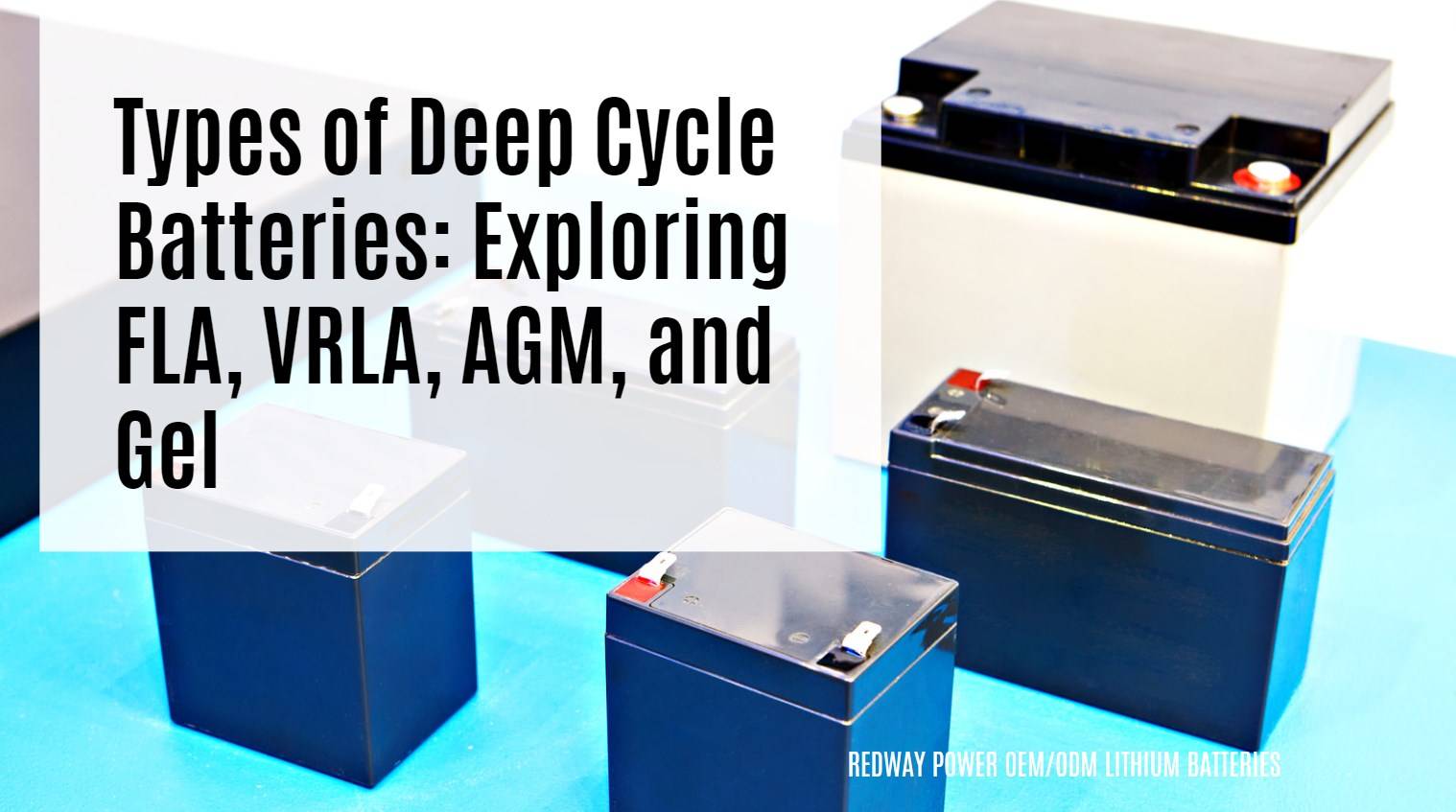
Deep cycle batteries are crucial for various applications, from renewable energy systems to electric vehicles. Understanding the different types—Flooded Lead Acid (FLA), Valve Regulated Lead Acid (VRLA), Absorbent Glass Mat (AGM), and Gel batteries—can help you select the best option for your needs. Each type has unique characteristics, advantages, and disadvantages.
What are the Main Types of Deep Cycle Batteries?
The primary types of deep cycle batteries include:
- Flooded Lead Acid (FLA): Traditional batteries that require regular maintenance.
- Valve Regulated Lead Acid (VRLA): Sealed batteries that are maintenance-free.
- Absorbent Glass Mat (AGM): A subtype of VRLA that offers high performance and durability.
- Gel Batteries: Another VRLA type that uses a gel electrolyte for spill-proof operation.
Comparison of Deep Cycle Battery Types
| Type | Maintenance | Lifespan | Cost | Applications |
|---|---|---|---|---|
| FLA | High | 3-5 years | Low | RVs, boats |
| VRLA | Low | 5-7 years | Medium | UPS, solar |
| AGM | Low | 5-8 years | High | Marine, RVs |
| Gel | Low | 4-6 years | High | Solar, wind |
Why Choose Flooded Lead Acid Batteries?
Flooded Lead Acid batteries are cost-effective and widely available. They require regular maintenance, including checking water levels and equalizing charges. These batteries excel in deep discharge applications but can release gases during charging, necessitating proper ventilation.
Key Features of FLA Batteries
- Cost: Generally the least expensive option.
- Durability: Reliable for high discharge rates.
- Maintenance: Requires regular upkeep to ensure longevity.
How Do Valve Regulated Lead Acid Batteries Work?
VRLA batteries are sealed and do not require water addition, making them low-maintenance. They utilize a pressure relief valve to release gases during overcharging. This design allows for safe operation in various orientations.
Advantages of VRLA Batteries
- Maintenance-Free: No need for water refills.
- Safety: Reduced risk of leaks and spills.
- Versatility: Suitable for multiple applications.
What Makes AGM Batteries Stand Out?
AGM batteries feature a fiberglass mat that absorbs electrolyte, preventing spillage and allowing for mounting in any position. They offer superior performance in high-drain applications due to their low internal resistance.
Benefits of AGM Batteries
- High Performance: Excellent for demanding applications.
- Longer Lifespan: Typically outlasts FLA batteries.
- Fast Charging: Can handle rapid charge cycles effectively.
Why Use Gel Batteries?
Gel batteries contain a silica-based gel that immobilizes the electrolyte, making them spill-proof and safe for use in sensitive environments. They perform well in deep discharge situations but can be more sensitive to charging conditions.
Characteristics of Gel Batteries
- Spill-Proof: Safe for various installations.
- Long Cycle Life: Can endure more charge/discharge cycles than FLA.
- Temperature Tolerance: Performs well in extreme temperatures.
How Do You Maintain Deep Cycle Batteries?
Proper maintenance extends battery life and ensures optimal performance:
- FLA Maintenance:
- Check water levels regularly.
- Clean terminals to prevent corrosion.
- Equalize charging periodically.
- VRLA Maintenance:
- Ensure terminals are clean.
- Monitor voltage levels regularly.
- AGM and Gel Maintenance:
- Avoid overcharging to prevent damage.
- Store in a cool, dry place when not in use.
Maintenance Checklist
| Battery Type | Maintenance Task | Frequency |
|---|---|---|
| FLA | Check water levels | Monthly |
| VRLA | Clean terminals | Every 3 months |
| AGM/Gel | Monitor voltage | Monthly |
Industrial News
The battery industry is seeing a shift towards advanced technologies like lithium-ion solutions due to their efficiency and reduced maintenance needs compared to traditional lead-acid options. Companies are increasingly investing in AGM and gel battery technologies to enhance performance while minimizing environmental impact.
Redway Power Expert Views
“Choosing the right deep cycle battery depends on your specific application needs,” states an expert from Redway Power. “While FLA batteries offer cost benefits, AGM and gel options provide superior performance and safety features that can justify their higher price tags.”
FAQ Section
Q1: How long do deep cycle batteries last?
The lifespan varies by type; FLA lasts about 3-5 years, while AGM can last up to 8 years with proper care.
Q2: Can I use different types of batteries together?
It is not recommended to mix different battery types as it can lead to inefficiencies and reduce overall lifespan.
Q3: What is the best deep cycle battery for solar applications?
AGM or gel batteries are often preferred for solar applications due to their maintenance-free nature and ability to handle deep discharges effectively.By understanding the differences between Flooded Lead Acid, Valve Regulated Lead Acid, AGM, and Gel batteries, you can make informed decisions that align with your power needs while ensuring safety and efficiency in your operations.
